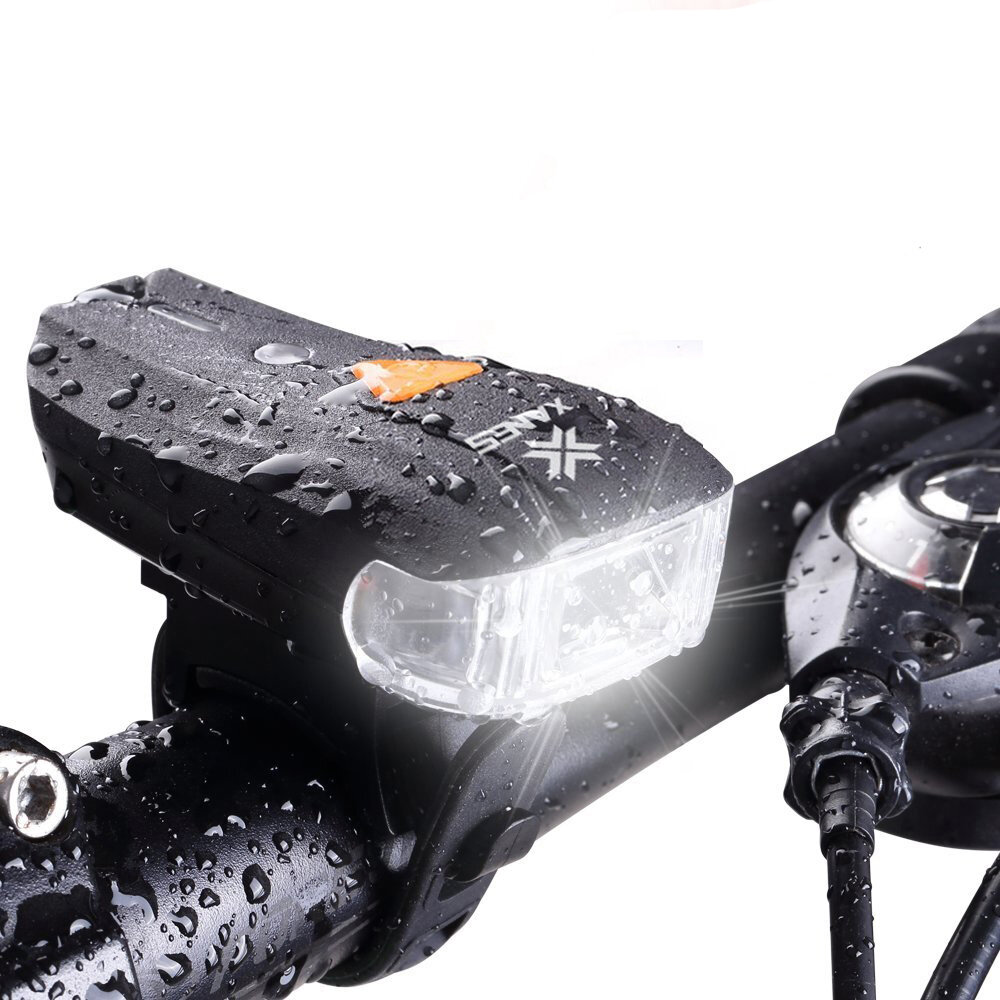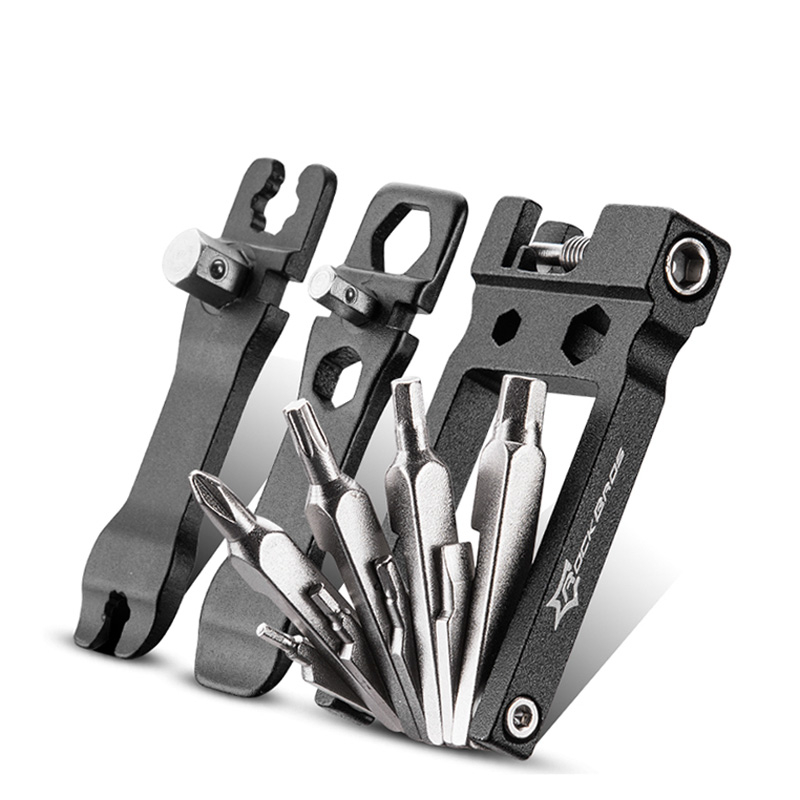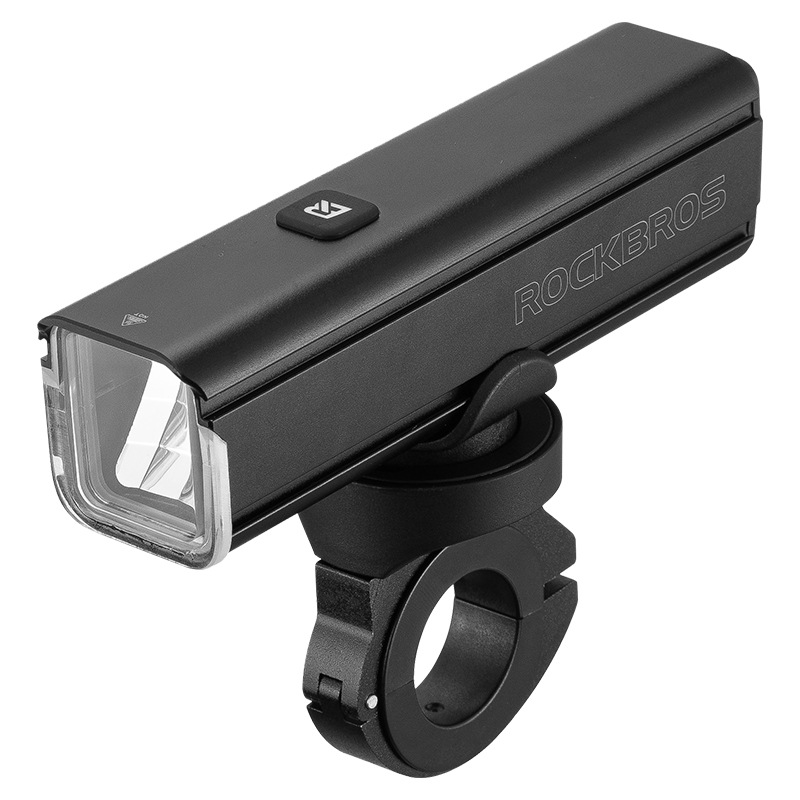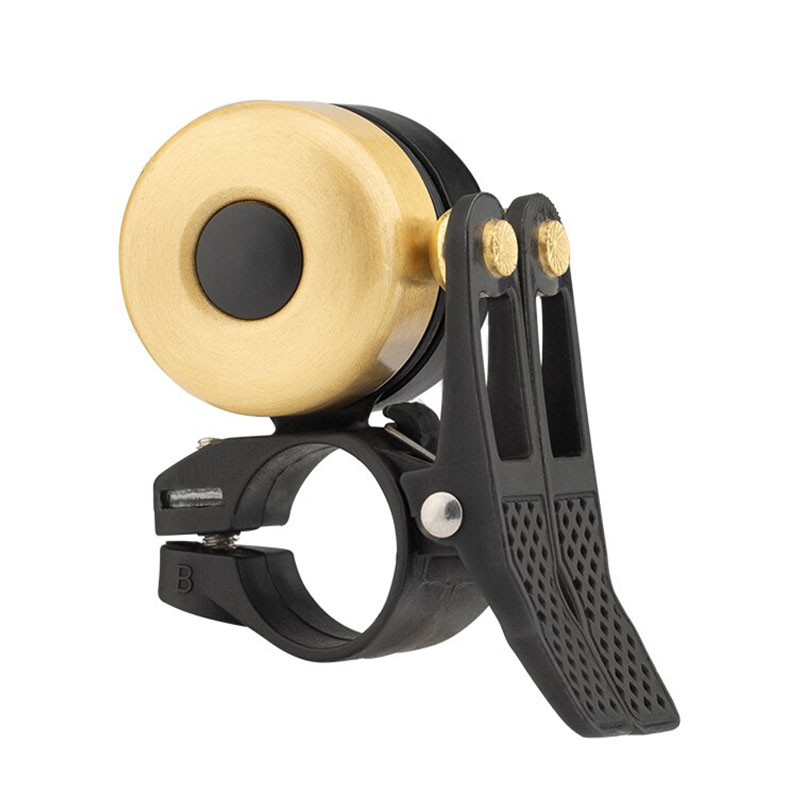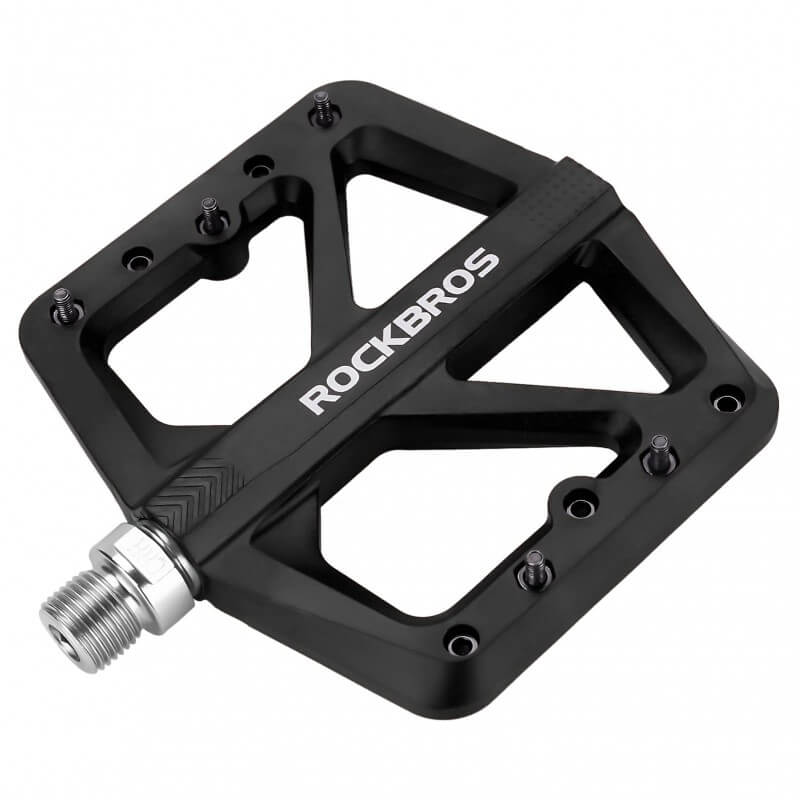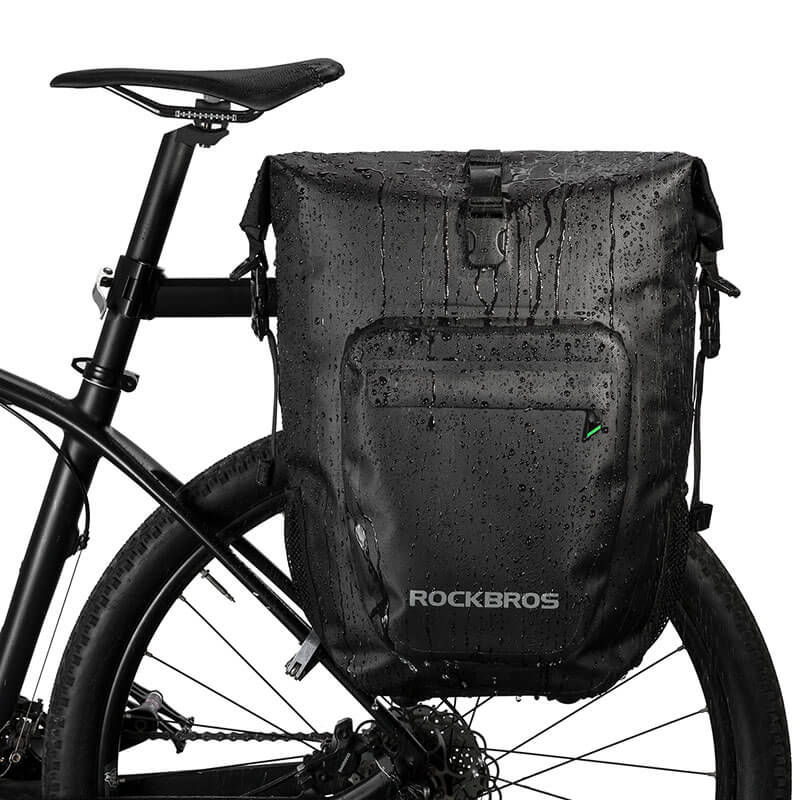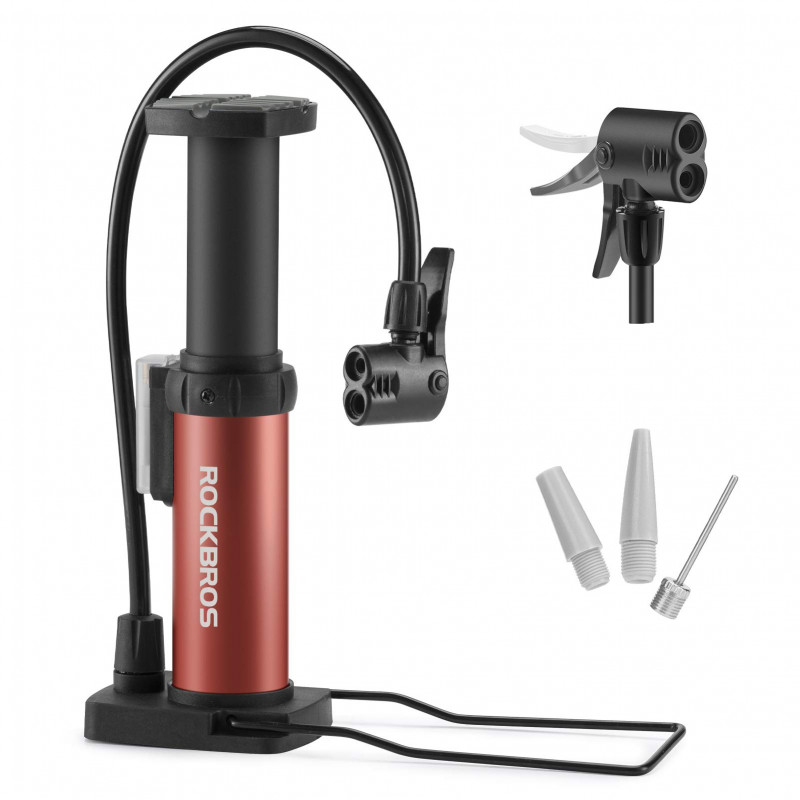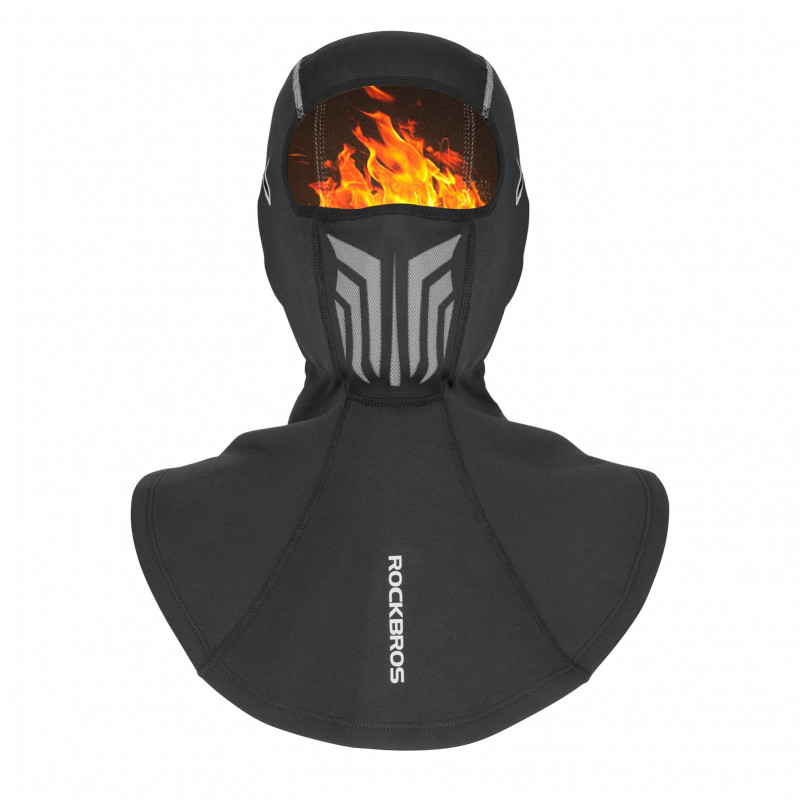Upgrading Your Mountain Bike Fork: Air vs. Coil Suspension

Mountain biking is an exhilarating and demanding sport that requires specialized equipment to tackle various terrains effectively. One of the critical components of a mountain bike is the suspension system, particularly the fork. The fork plays a vital role in absorbing impacts and ensuring a smooth ride over rough trails. If you're considering upgrading your mountain bike fork, you'll likely encounter two primary options: air suspension and coil suspension. In this article, we'll delve into the differences between these two types of suspensions, their pros and cons, and factors to consider when making a decision.
Introduction
What is a mountain bike fork?
A mountain bike fork is the part of the bicycle that connects the front wheel to the frame. It consists of two stanchions, which slide up and down inside the fork legs, and a suspension system that helps absorb shocks and bumps encountered on the trail.
Importance of a good suspension system
A good suspension system is crucial for mountain biking because it enhances rider comfort, improves control, and provides better traction on uneven surfaces. It helps to absorb impacts, maintain tire contact with the ground, and allows the rider to maintain stability and control over the bike.
Air Suspension
How does air suspension work?
Air suspension, as the name suggests, utilizes compressed air to provide the necessary suspension travel and dampening. The air is typically housed in an air spring, which can be adjusted to achieve the desired level of stiffness or softness. Additionally, air forks incorporate various damping mechanisms to control the rate at which the suspension compresses and rebounds.
Advantages of air suspension
Air suspension offers several advantages for mountain bike riders. Firstly, it is highly adjustable, allowing riders to fine-tune the fork's characteristics to their specific needs and preferences. It provides a more customizable riding experience, enabling riders to optimize their suspension for different terrains and riding styles. Secondly, air forks tend to be lighter than their coil counterparts, contributing to a more agile and responsive ride. Finally, air suspension systems are generally more progressive, meaning they become stiffer as they compress further, providing excellent bottom-out resistance for aggressive riders.
Disadvantages of air suspension
While air suspension has numerous benefits, it also has some drawbacks to consider. One common concern is the complexity of setup and adjustment. Achieving the ideal air pressure and damping settings can be a bit more involved than with coil forks. Additionally, air forks may require more frequent maintenance and servicing to ensure optimal performance. Furthermore, some riders might find that air forks lack the same initial sensitivity as coil forks, although this can be mitigated through adjustments.
Coil Suspension
How does coil suspension work?
Coil suspension, also known as spring suspension, utilizes a metal coil spring to provide the necessary suspension travel and dampening. The coil spring is positioned within the fork legs and provides consistent and linear resistance to compression and rebound forces.
Advantages of coil suspension
Coil suspension offers its own set of advantages for mountain bike enthusiasts. One key benefit is its initial sensitivity and plushness. Coil forks are renowned for their ability to absorb small bumps and provide a smooth ride right from the start. Additionally, coil forks are generally considered more durable and require less frequent servicing compared to air forks. This durability makes them an excellent choice for riders who prioritize reliability and low maintenance.
Disadvantages of coil suspension
While coil suspension has its merits, it also has some limitations. One significant drawback is the limited adjustability compared to air forks. Coil suspension systems typically offer fewer tuning options, making it harder to fine-tune the fork's performance to specific preferences. Another consideration is the weight of coil forks, which can be slightly heavier than their air counterparts. This additional weight may affect the bike's agility and responsiveness, particularly in situations that require quick maneuvering.
Factors to Consider
When upgrading your mountain bike fork, it's essential to take several factors into account to make an informed decision.
Riding style and terrain
Your riding style and the type of terrain you predominantly encounter will heavily influence your choice of suspension. If you're an aggressive downhill rider tackling challenging trails, an air fork might be better suited for its adjustability and progressive feel. However, if you prefer smooth and flowy singletracks, a coil fork's initial sensitivity and plushness could enhance your riding experience.
Budget considerations
Another significant factor to consider is your budget. Air forks often come at a higher price point due to their advanced technology and adjustability features. Coil forks, on the other hand, tend to be more affordable, making them an attractive option for riders on a tighter budget.
Maintenance requirements
Maintenance is an important aspect of owning a mountain bike fork. Air forks typically require more frequent servicing, including air pressure checks and damper rebuilds, to ensure optimal performance. Coil forks, while more durable, still benefit from regular maintenance to keep them functioning at their best. Consider the time and effort you're willing to invest in maintaining your suspension system.
Making the Decision
When it comes to upgrading your mountain bike fork, there is no one-size-fits-all answer. It ultimately boils down to analyzing your needs and preferences and seeking advice from experts or experienced riders.
Analyzing your needs and preferences
Consider the type of riding you do, the terrain you frequently encounter, and your desired riding characteristics. Are you more focused on adjustability and versatility, or do you prioritize initial sensitivity and reliability? Understanding your needs and preferences will help guide you towards the most suitable suspension option.
Consulting with experts or experienced riders
Reach out to knowledgeable individuals who can provide valuable insights based on their experience. Bike shop experts, professional riders, or online communities can offer recommendations and share their firsthand experiences with different suspension setups.
Test riding different forks
Whenever possible, try test riding different forks to get a firsthand feel for their performance. Most bike shops have demo programs or offer test rides, allowing you to experience how air and coil forks perform on your bike and on the trails you typically ride. This hands-on experience can significantly aid your decision-making process.
Conclusion
Upgrading your mountain bike fork is a significant decision that can greatly impact your riding experience. Both air and coil suspension options have their strengths and weaknesses, so it's crucial to assess your needs, consider your budget, and understand the maintenance requirements. By carefully analyzing these factors and seeking expert advice, you'll be able to make an informed decision and select a fork that enhances your riding capabilities and enjoyment on the trails.
FAQs
Is air suspension better for downhill riding?
Air suspension is often preferred for downhill riding due to its adjustability and progressive feel. However, the best choice ultimately depends on personal preferences and the specific demands of the trail.
Can I switch between air and coil suspension?
In most cases, it is not possible to switch between air and coil suspension on the same fork. Each suspension type requires different internals and components.
Which type of suspension is more durable?
Coil suspension is generally considered more durable and requires less frequent servicing compared to air suspension. Its simplicity and robust construction contribute to its longevity.
Do I need special tools to maintain a fork?
Basic maintenance tasks like adjusting air pressure or performing regular cleaning can often be done with common tools. However, more complex tasks like damper rebuilds may require specialized tools and expertise.
How often should I service my mountain bike fork?
The frequency of servicing depends on various factors, including usage, riding conditions, and manufacturer recommendations. Regular inspections and maintenance are recommended to ensure optimal performance and safety.
